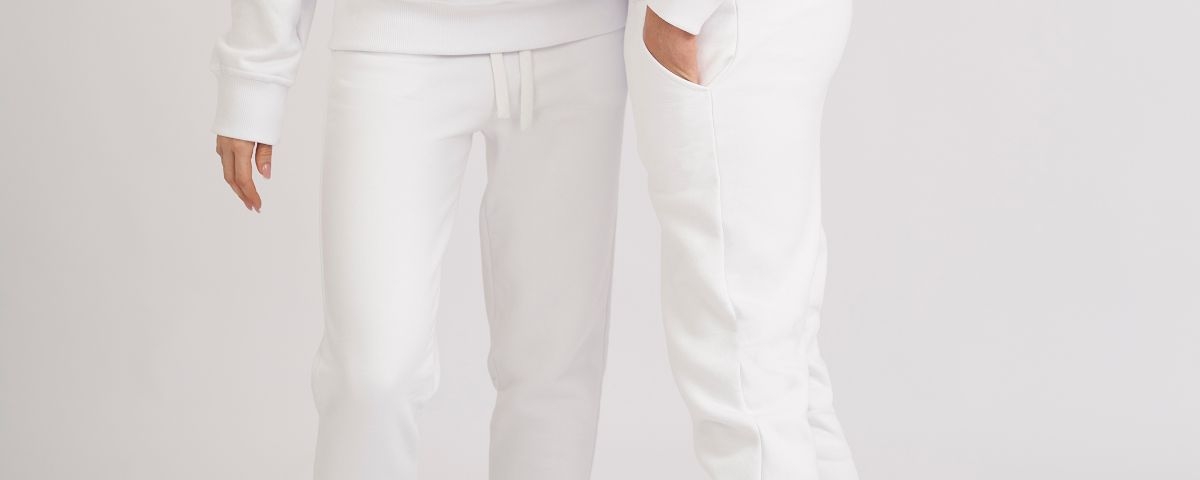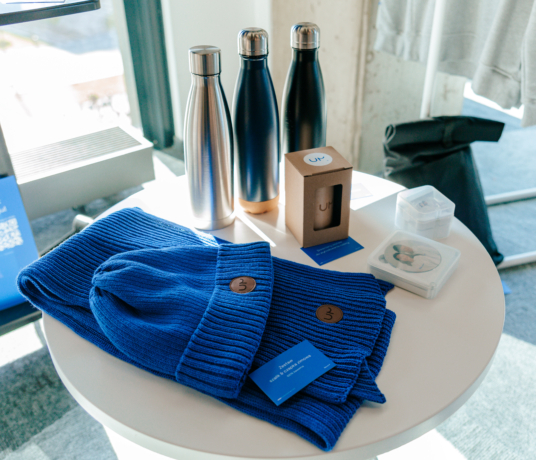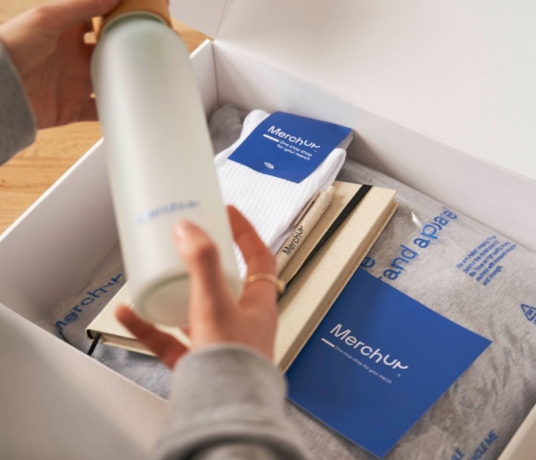We are becoming increasingly aware of the importance of the composition of the clothing we wear. Apart from the key aspects related to environmental protection and moving towards a more eco-friendly life, we should remember how important the fabric composition is for our skin and comfort of use.
What does the composition of an item tell us about?
The percentage information about the content of a particular fabric or knitwear on the label is supposed to direct us on what to expect from the selected garment in terms of whether it will crease, electrify or whether it will be adequately breathable and so on. Importantly, this does not determine its quality, which is what we often confuse composition with. Quality is influenced by many more factors than the predisposition the material has. Key influences include cutting or sewing.
The composition itself is a classification of materials, fabrics and knitted fabrics by what type of fiber they are made of.
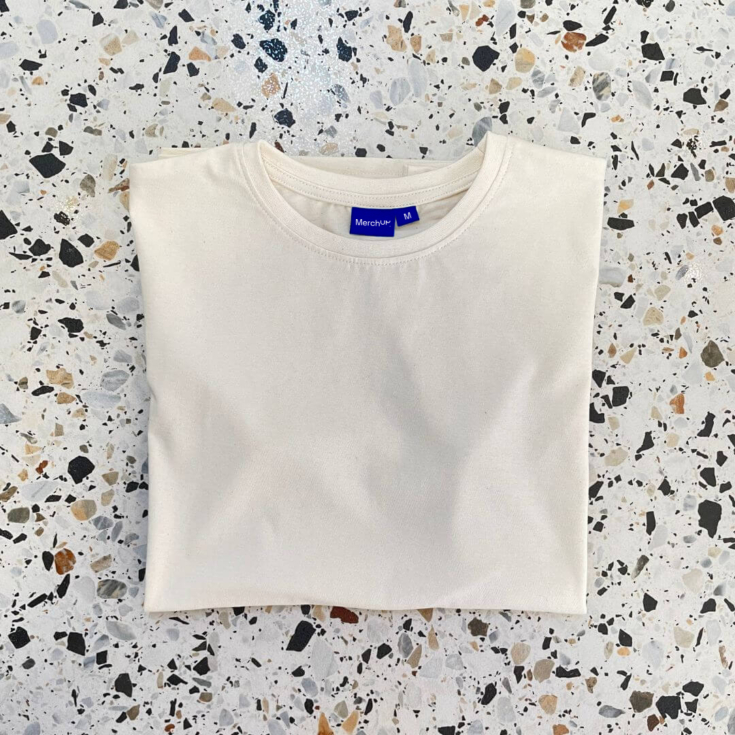
There are no good or bad lineups
Every fabric or knitted fabric of a given composition has its uses. There are no bad ones or good ones – the important thing is to apply them appropriately to our needs. Therefore, it is useful to know the specifics of different materials, and then make an informed choice when shopping.
Of course, in the spirit of environmental protection, we are keen to bet primarily on materials made of natural fibers, if only because synthetic ones such as polyester take a long time to decompose. Below is a spread with the classification of materials by their composition.
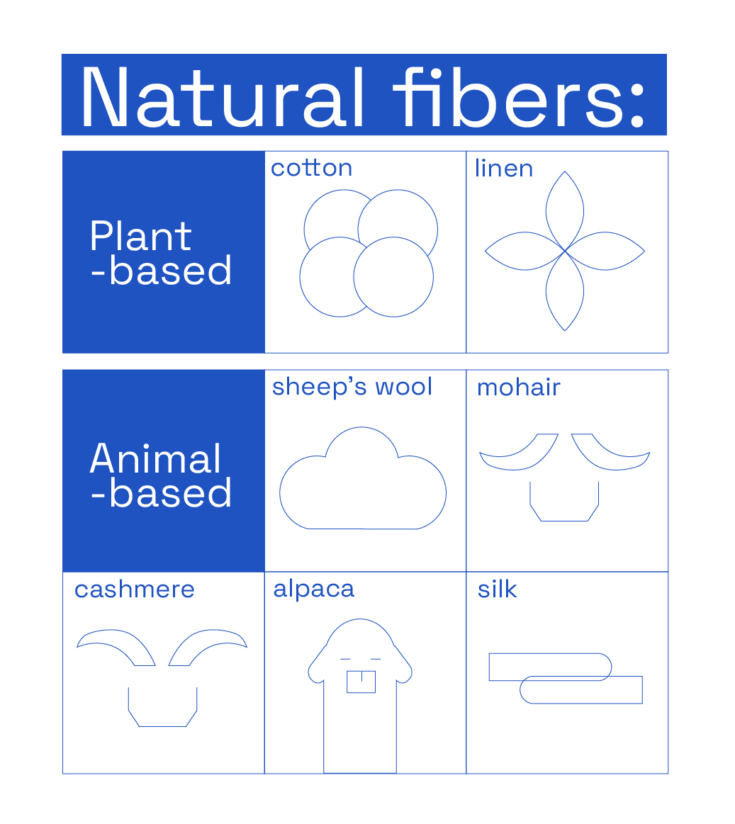
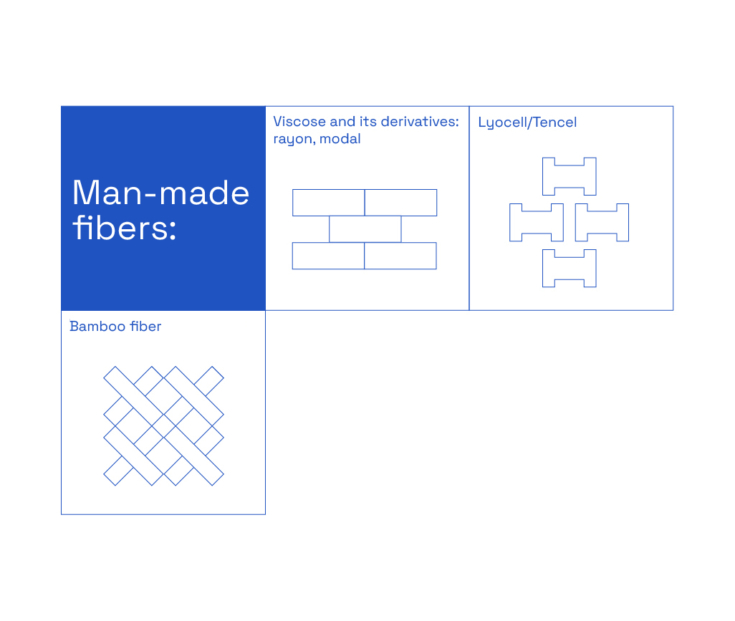
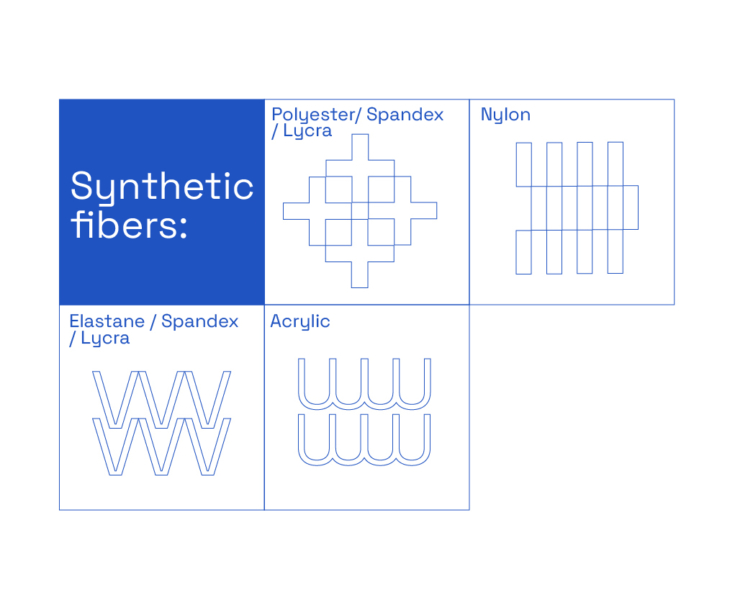
Cotton
Cotton is the basic fiber that is used in the production of clothing. It is of plant origin and is extracted from cottonseed. Its characteristics are that it absorbs moisture very well, retains heat, is breathable and does not crease. Another very positive property is that it is non-sensitizing – which is great news for allergy sufferers. Probably no one needs to be convinced by this material!
Viscose
Viscose is an artificial fiber that is made from naturally occurring raw materials, such as wood cellulose. It has properties similar to cotton, it is a pleasant and soft material. Unfortunately, it is also characterized by low durability and the fact that it creases a lot.
Polyester
It’s a material that stirs up a lot of emotions. It should definitely be acknowledged that it has many drawbacks. It’s a synthetic material, so it’s not air permeable, it’s electrified, and this has the effect of not wearing well. In addition, in winter it does not work well – we are not warm in it, and because of its properties we sweat in it. Thus, it is not the preferred material. However, do not shy away from its admixtures. In addition to its many disadvantages, it must be admitted that it is a very durable material. Another plus is that it is very easy to wash and iron. Therefore, if the priority in an item is that it should not be mushy, it is worth betting just on polyester.
Not only the composition on the label is important
Clothes that are eco, yet friendly to our skin, are those whose production process has been thoroughly scanned, among other things. in terms of the safety of the chemicals used (e.g., dyes) and the absence of contamination and pollution. When the products prove to be completely safe for humans and the environment, they will receive the appropriate certifications such as GOTS or OEKO-TEX.
This is not directly related to the composition of the clothes, but also extremely important. That’s why we recommend paying attention to what information besides composition is on a product’s label.
A well-known certification is OEKO-TEX, among others. It is the leading safety mark for textile products. Products to which it is granted are free of harmful substances in amounts that adversely affect human health. OEKO-TEX holds 90% of the clothing products in the collection we offer.
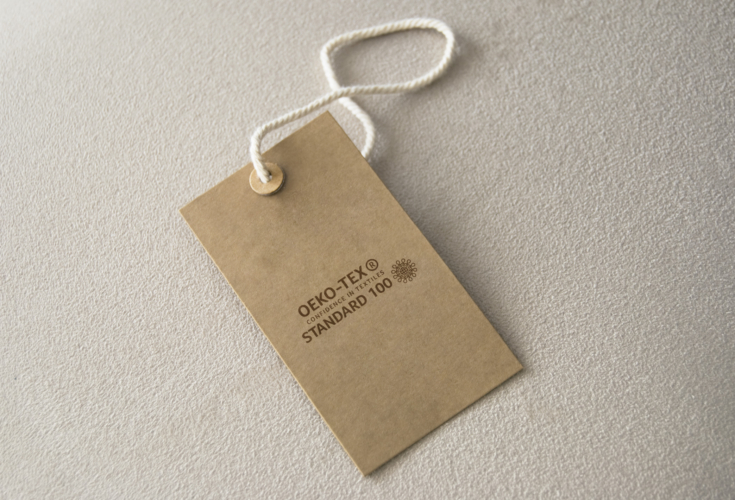
The composition of the fibers from which our clothes are made is valuable information for us. Thanks to this we know how the item will behave and what are its advantages and disadvantages (breathability, minting). In addition, it is essential knowledge to properly care for the item so that it can serve us for years.
